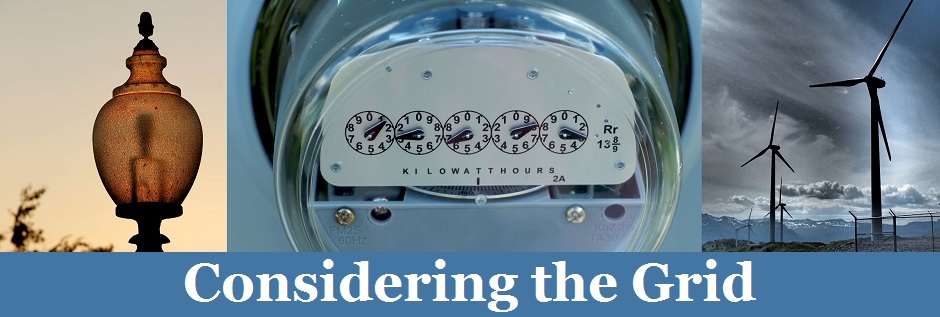The Department of Energy’s National Renewable Energy Laboratory (NREL) has issued a white paper on potential markets for behind-the-meter battery storage. The paper focuses on demand charges, which are charges based on a customer’s peak level of demand. Demand charges are designed to compensate utilities for the cost of providing sufficient electricity generation and distribution capability to their customers and typically make up 30% to 70% of a customer’s electric bill.
The paper explains that higher demand charges provide a greater opportunity for customers to use battery storage technology as a cost saving strategy. Storage technology can consistently be deployed to reduce peak demand, in contrast with solar technology, which depends on the weather.
NREL’s analysis is based on an examination of more than 10,000 utility tariffs, covering about 70% of commercial buildings in the continental United States. The paper notes that the demand charges in these tariffs vary widely. For example, in New York, the greatest maximum demand charge is more than $50/kW, yet the median of all utility maximum demand charges in New York is just $4.30/kW. According to NREL, five million commercial customers are currently eligible for tariffs with a demand charge of at least $15/kW, which Greentech Media Research found was a notable threshold for when demand charge management begins to make economic sense. The state with the greatest number of such customers is California. However, a geographically diverse range of states (including Georgia, New York, Michigan, and New Mexico) are among the top states in terms of customers with access to demand charges of at least $15/kW.
While this white paper provides a snapshot of market opportunities for battery storage systems, NREL projects that declining costs of solar and battery storage technologies will reduce demand charges in the future. This could decrease the number of customers financially motivated to adopt these technologies. NREL adds that increasing the use of demand charges in utility tariffs may unlock additional battery storage markets and strengthen existing ones.

